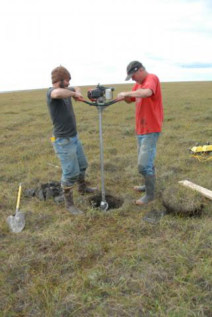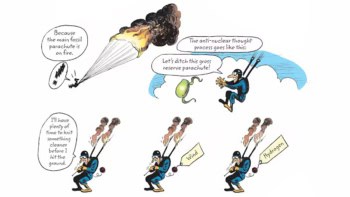

Permafrost in the northern hemisphere is storing around 1656 gigagrams of mercury, according to scientists who analysed permafrost cores from Alaska. That’s nearly double the amount of mercury stored in the rest of the planet’s soils, atmosphere and oceans.
“This implies permafrost regions contain roughly 10 times the total human mercury emissions over the last 30 years,” said Kevin Schaefer of the US National Snow and Ice Data Center (NSIDC). “Previous studies assumed little or no mercury in permafrost regions, but we find the opposite is true. This completely changes our view of how mercury moves through the land and ocean.”
Around 863 gigagrams of the mercury total are in the surface layer of soil that freezes and thaws each year, the team estimates, with 793 gigagrams frozen in permafrost.
To come up with the results, the researchers drilled 13 permafrost soil cores at various sites in Alaska between 2004 and 2012, measuring the total amounts of mercury and carbon in each core. They selected sites with a diverse array of soil characteristics to represent permafrost found around the entire Northern Hemisphere.
Permafrost occurs in approximately 22.79 million square km, or about 24%, of the Northern Hemisphere land surface surrounding the Arctic ocean. Climate models predict a 30 to 90% reduction in permafrost by 2100, depending on greenhouse gas emissions.
“Permafrost contains a huge amount of mercury,” said Schaefer. “We need to know how much mercury will get released from thawing permafrost, when it will get released, and where.”
Mercury, which occurs naturally in the Earth’s crust, typically enters the atmosphere through volcanic eruptions. If deposited on land it may bind with organic matter in plants. When the plants die and soil microbes decompose them, the mercury returns to the atmosphere or enters the water system. If the dead organic matter becomes frozen into permafrost, however, the mercury remains trapped.
Schaefer and colleagues reported their findings in Geophysical Research Letters.



